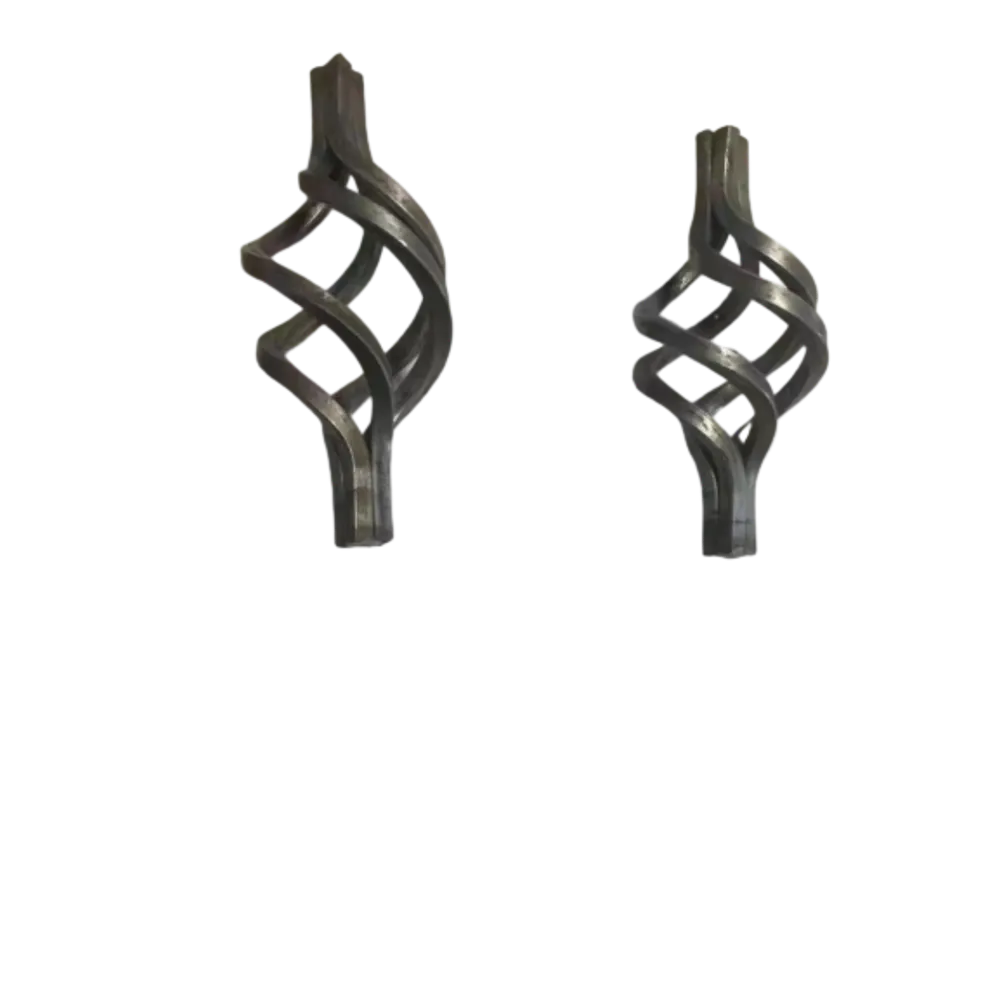ornamental ironwork
The Art of Ornamental Ironwork
Ornamental ironwork is a captivating blend of artistry and engineering that has adorned structures for centuries. Its history can be traced back to ancient civilizations, where blacksmiths forged functional yet decorative elements for buildings, gates, railings, and fences. This craft has evolved over time, influenced by various architectural movements, cultural trends, and technological advancements, yet it remains a testament to the craftsmanship and creativity of artisans.
At its core, ornamental ironwork involves the crafting of metal into decorative shapes and forms. Traditionally, wrought iron was the primary material used in this art, prized for its malleability and strength. Unlike cast iron, which is brittle and cannot be easily manipulated, wrought iron can be heated and shaped into intricate designs. The process requires a high degree of skill and precision, as artisans employ various techniques such as forging, twisting, and scrolling to create unique patterns that are both functional and beautiful.
The aesthetic appeal of ornamental ironwork is evident in its diverse applications. From grand entry gates to delicate balustrades, each piece can be tailored to complement the architectural style of a building. The curves and swirls of ironwork add a touch of elegance and sophistication, transforming ordinary structures into extraordinary masterpieces. In many cases, these designs draw inspiration from nature, featuring motifs such as flowers, leaves, and vines, reflecting the organic beauty of the world around us.
ornamental ironwork

Moreover, ornamental ironwork serves practical purposes as well. It provides security and durability to buildings while allowing for ventilation and light. In residential settings, wrought iron gates and fences not only define property boundaries but also enhance the overall curb appeal of a home. Similarly, intricate railings on staircases and balconies not only prevent accidents but also act as artistic focal points, enhancing the interior design of a space.
In contemporary times, the art of ornamental ironwork has adapted to modern demands and aesthetics. With technological advancements, CNC machines and plasma cutting allow for greater precision and complexity in designs. However, many craftsmen still emphasize traditional techniques, believing that hand-forged pieces retain a unique charm and character that mass-produced items lack. The balance between modern technology and traditional craftsmanship is key in maintaining the relevance of ornamental ironwork in today’s design landscape.
As sustainability becomes a prominent concern, artisans are also exploring eco-friendly practices, using recycled materials and minimizing waste. This commitment to environmental responsibility adds another layer of depth to the craft, ensuring that ornamental ironwork continues to evolve while respecting the principles of sustainability.
In conclusion, ornamental ironwork is a dynamic and enduring art form that marries functionality with creativity. It enriches our architectural landscapes, infusing spaces with history, beauty, and character. Whether in historic buildings or modern designs, the enduring appeal of ornamental ironwork remains a celebration of human creativity and craftsmanship, one iron flourish at a time.
-
Wrought Iron Components: Timeless Elegance and Structural StrengthNewsJul.28,2025
-
Window Hardware Essentials: Rollers, Handles, and Locking SolutionsNewsJul.28,2025
-
Small Agricultural Processing Machines: Corn Threshers, Cassava Chippers, Grain Peelers & Chaff CuttersNewsJul.28,2025
-
Sliding Rollers: Smooth, Silent, and Built to LastNewsJul.28,2025
-
Cast Iron Stoves: Timeless Heating with Modern EfficiencyNewsJul.28,2025
-
Cast Iron Pipe and Fitting: Durable, Fire-Resistant Solutions for Plumbing and DrainageNewsJul.28,2025
-
 Wrought Iron Components: Timeless Elegance and Structural StrengthJul-28-2025Wrought Iron Components: Timeless Elegance and Structural Strength
Wrought Iron Components: Timeless Elegance and Structural StrengthJul-28-2025Wrought Iron Components: Timeless Elegance and Structural Strength -
 Window Hardware Essentials: Rollers, Handles, and Locking SolutionsJul-28-2025Window Hardware Essentials: Rollers, Handles, and Locking Solutions
Window Hardware Essentials: Rollers, Handles, and Locking SolutionsJul-28-2025Window Hardware Essentials: Rollers, Handles, and Locking Solutions -
 Small Agricultural Processing Machines: Corn Threshers, Cassava Chippers, Grain Peelers & Chaff CuttersJul-28-2025Small Agricultural Processing Machines: Corn Threshers, Cassava Chippers, Grain Peelers & Chaff Cutters
Small Agricultural Processing Machines: Corn Threshers, Cassava Chippers, Grain Peelers & Chaff CuttersJul-28-2025Small Agricultural Processing Machines: Corn Threshers, Cassava Chippers, Grain Peelers & Chaff Cutters












